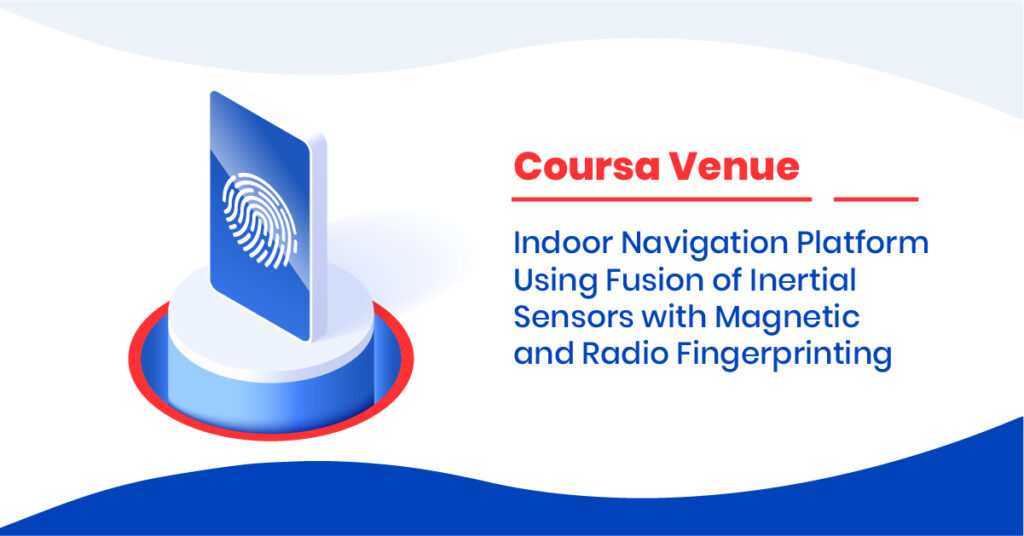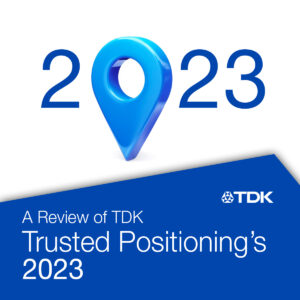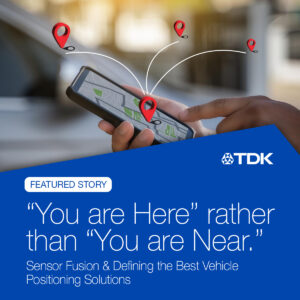Navigation is one of the most essential human needs. People need to know their location anywhere and everywhere, indoors and outdoors, for example for tracking children and older people who are in extreme need of care or for providing a precise indoor location of calls to 911. The latter is especially important since more than seventy percent of calls are generated indoors. Other important fields are tracking of personnel in possibly dangerous environment, LBS/LBA applications, and social networking that rely on indoor localization. Unfortunately, broadly used satellite navigation receivers work perfectly only under open sky. Operating indoors, GPS/GNSS receivers suffer from signal attenuation when satellite signals propagate through a roof and walls of a building and from the multipath due to their reflection. As a result, accurate GNSS-based position fix is almost impossible in most indoor conditions. We present Coursa Venue solution that was developed by TDK-Invensense for infrastructure-less indoor positioning on commercial smartphones. The solution consists of two major parts: cloud-based software for fingerprinting and mobile applications for Android and iOS that provide real-time blue dot positions to users. TDK-Invensense’s approach to real-time indoor positioning is based on fusion of multiple technologies. Measurements from such smartphone sensors as IMU (3D accelerometer, gyroscope), a magnetic field sensor (3D magnetometer), WiFi and BLE modules are used for hybrid indoor positioning in the navigation engine. Particle filtering is used as the fusion engine. Indoor navigation software uses such technologies as PDR, geomagnetic fingerprinting, Wi-Fi/BLE fingerprinting, and, optionally, map matching. TDK-Invensense’ ‘s PDR provides prediction of user relative movement regardless of orientation and misalignment of a smartphone, whereas magnetic and radio fingerprinting serves for correction of inertial sensors error. The cloud-based component can create magnetic and radio fingerprint databases using either data collected by designated surveyors who walked inside a venue by predetermined routes, or crowdsourced data from users of a real-time mobile application collected during their everyday activity. This paper discusses the architecture of the Coursa Venue solution and demonstrates its positioning results in several venues with comparison to ground truth paths to provide statistical assessment and key performance indices.
Read the full paper here.



